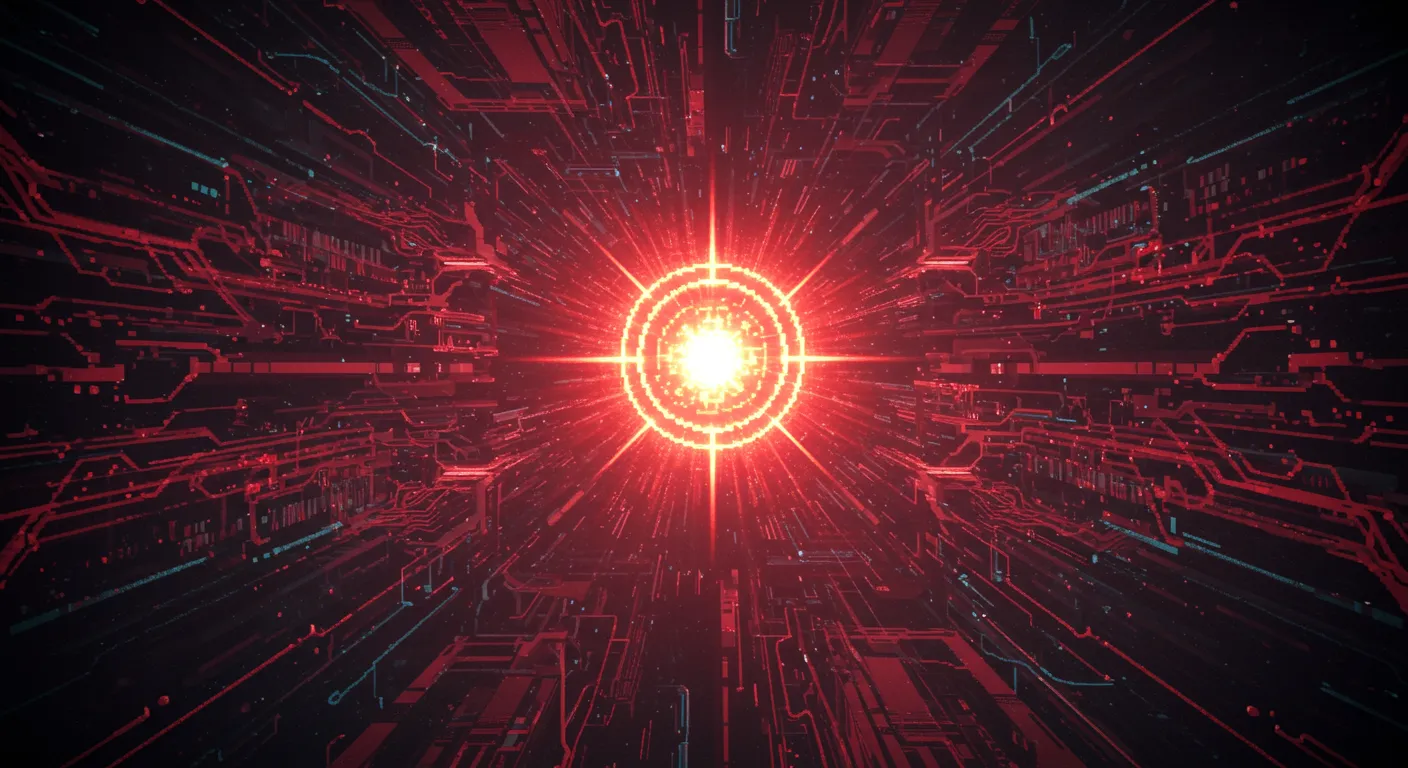Power tool batteries are more complex than most consumers realize, and Milwaukee's latest teardown reveals a fascinating technological ecosystem that's part engineering marvel, part strategic design.
Online commentators diving into the Milwaukee M18 battery's internal architecture have uncovered some surprising insights. The battery isn't just a simple power storage device, but a sophisticated electronic system with multiple components working in concert to manage power delivery, safety, and communication.
At the heart of these batteries are two key components: a microcontroller and an analog front-end chip. This "analog front end" acts like a sophisticated translator, reading individual cell voltages, managing potential hazards, and communicating critical information to the tool – essentially acting as a critical intermediary between raw battery cells and the power tool itself.
Interestingly, many manufacturers like Milwaukee and DeWalt have been criticized for skipping critical battery management features like cell balancing. This design choice potentially reduces battery longevity, though some users report their batteries lasting surprisingly long despite these limitations.
The broader conversation extends beyond just Milwaukee, touching on emerging right-to-repair discussions, potential European regulations for standardized batteries, and the intricate ecosystem of power tool technologies that most users never see.


